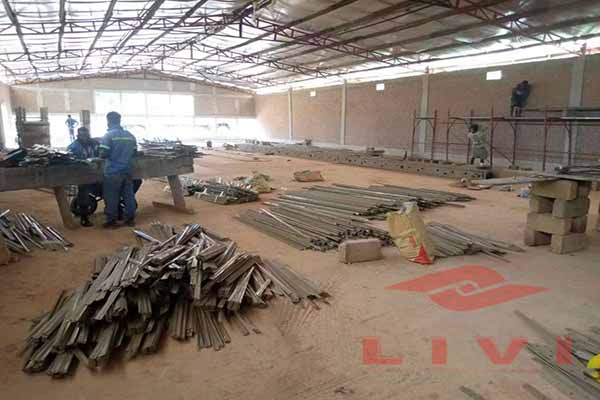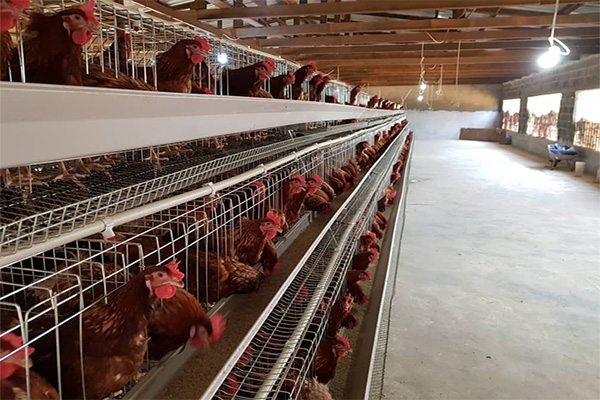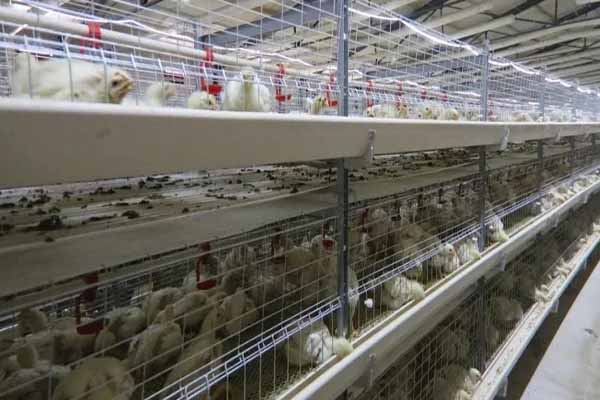Automated Management Plan for Chicken Farms in Kenya
Time : 2025-06-27
In the ever-evolving landscape of agriculture, chicken farming in Kenya has become a crucial sector, providing both economic stability and nutritional support. To keep up with the growing demand, implementing an automated management plan for chicken farms has become essential. This article aims to explore the concept of automation in chicken farming, its benefits, key components, and its relevance in the Kenyan context.
Introduction to Chicken Farming in Kenya
Kenya, being a leading poultry-producing country in East Africa, has a vibrant chicken farming industry. With an estimated annual production of 2.1 million tons, the industry contributes significantly to the national economy and food security (FAO, 2019). However, managing chicken farms efficiently remains a challenge due to factors like labor shortages, diseases, and resource limitations.
Understanding Automation in Chicken Farming
Automation in chicken farming refers to the integration of advanced technologies, systems, and devices to enhance the efficiency, productivity, and overall management of poultry operations. By leveraging automated solutions, chicken farmers can minimize manual labor, reduce operational costs, and maximize profitability.
Benefits of Automation in Chicken Farming
- Improved Productivity: Automation helps in streamlining processes, reducing time-consuming tasks, and optimizing resource allocation.
- Enhanced Livability Conditions: Automated systems ensure that the chickens live in a controlled environment with optimal temperature, humidity, and air quality.
- Reduced Disease Incidence: Automated monitoring systems can detect diseases early, enabling prompt intervention and minimizing the spread of infections.
- Increased Feed Conversion Rate: By optimizing the feeding process, automated systems can enhance the feed conversion rate, resulting in better growth rates for the chickens.
Key Components of an Automated Management Plan
1. Automation in Housing and Ventilation
Automated systems for housing and ventilation ensure that chickens live in a comfortable environment throughout their growth cycle. Sensors and programmable logic controllers (PLCs) regulate the temperature, humidity, and airflow within the farm buildings, ensuring that the chickens’ health and growth are not compromised.

2. Automated Feeding Systems
Automated feeding systems provide a precise and consistent diet to the chickens. They eliminate the need for manual feeding, reducing labor costs and the risk of errors in feeding. Additionally, these systems can adjust the feed amount according to the age and growth stage of the chickens.
3. Monitoring and Data Collection
Real-time monitoring systems allow farmers to track the chickens’ health, growth, and behavior. These systems use sensors and IoT devices to collect data on various parameters such as weight, activity level, and environmental conditions. This information is vital for making informed decisions and addressing potential issues promptly.
4. Health and Disease Management
Automated systems for health and disease management help farmers identify and control diseases at an early stage. By monitoring the chickens’ health metrics and behavior patterns, farmers can implement targeted interventions, reducing the incidence of diseases and their impact on productivity.
behavior patterns, farmers can implement targeted interventions, reducing the incidence of diseases and their impact on productivity.
The Kenyan Context
The Kenyan chicken farming industry faces unique challenges such as climate variability, high input costs, and limited access to credit. Implementing an automated management plan can help overcome these challenges by providing:

- Climate-Resilient Farming: Automated systems can maintain optimal conditions in varying weather conditions, reducing the risk of heat stress and disease outbreaks.
- Cost-Effective Operations: Automation can reduce labor costs, minimize feed waste, and enhance productivity, ultimately making farming operations more cost-effective.
- Access to Credit: By improving farm productivity and profitability, automation can make farmers more eligible for credit facilities from financial institutions.
Conclusion
Automation has become an indispensable tool for chicken farming in Kenya. By implementing an automated management plan, farmers can enhance productivity, reduce costs, and improve the overall quality of chicken production. Embracing this technological advancement will undoubtedly play a crucial role in ensuring the sustainability and growth of the Kenyan chicken farming industry.
References
- Food and Agriculture Organization (FAO). (2019). FAOSTAT – Cattle and Poultry Statistics.











